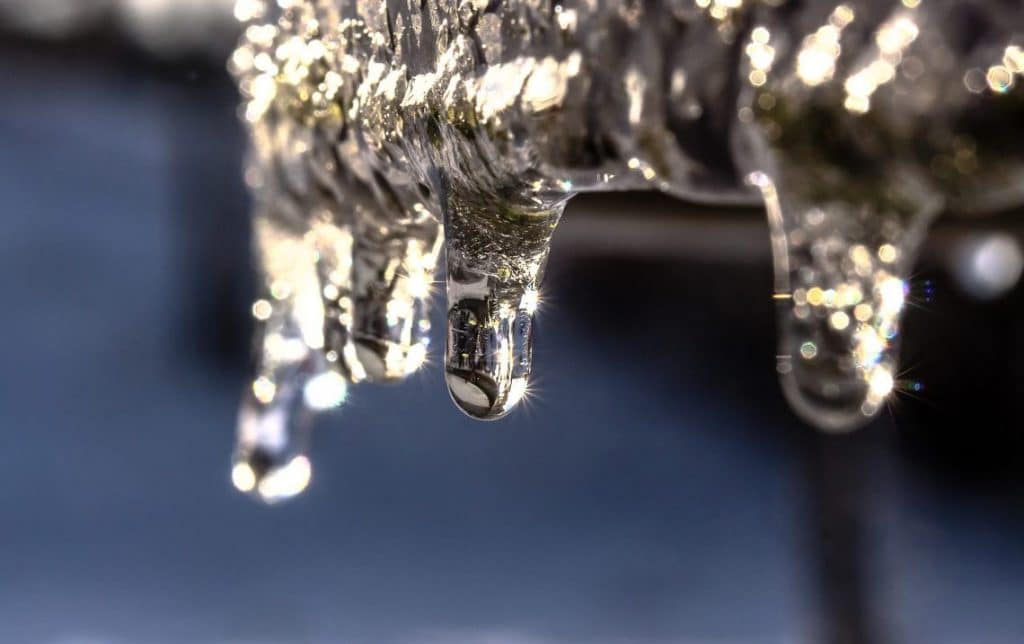We have found the article relating to Winter Plumbing Precautions: Preventing Frozen Pipes directly below on the web and thought it made perfect sense to talk about it with you on my blog.

Winter can ruin your pipes, especially by freezing pipes. Here's just how to stop it from taking place and what to do if it does.
Introduction
As temperatures decline, the danger of frozen pipes rises, potentially leading to pricey repair services and water damage. Recognizing exactly how to prevent icy pipes is critical for house owners in cold environments.
Understanding Icy Pipes
What triggers pipes to freeze?
Pipelines freeze when subjected to temperatures below 32 ° F (0 ° C) for expanded periods. As water inside the pipelines ices up, it expands, taxing the pipeline walls and potentially triggering them to burst.
Risks and problems
Frozen pipes can cause water disturbances, building damage, and costly repair services. Ruptured pipelines can flooding homes and trigger considerable architectural damage.
Indications of Frozen Water Lines
Determining frozen pipes early can prevent them from bursting.
Just how to recognize icy pipes
Look for decreased water circulation from taps, unusual smells or sounds from pipes, and visible frost on revealed pipes.
Prevention Tips
Shielding susceptible pipes
Cover pipes in insulation sleeves or make use of warm tape to secure them from freezing temperature levels. Concentrate on pipelines in unheated or external locations of the home.
Home heating strategies
Maintain indoor spaces adequately heated up, especially locations with plumbing. Open up cabinet doors to enable warm air to distribute around pipelines under sinks.
Safeguarding Exterior Plumbing
Yard hoses and outside taps
Disconnect and drain pipes yard hoses prior to winter months. Install frost-proof spigots or cover exterior taps with insulated caps.
What to Do If Your Pipes Freeze
Immediate activities to take
If you believe frozen pipes, keep taps open up to alleviate stress as the ice thaws. Utilize a hairdryer or towels taken in warm water to thaw pipes slowly.
Long-Term Solutions
Structural modifications
Take into consideration rerouting pipelines far from outside wall surfaces or unheated locations. Include additional insulation to attic rooms, basements, and crawl spaces.
Upgrading insulation
Invest in premium insulation for pipes, attics, and walls. Correct insulation aids preserve constant temperatures and reduces the risk of icy pipes.
Conclusion
Preventing icy pipes requires aggressive procedures and quick responses. By recognizing the causes, indicators, and safety nets, property owners can shield their plumbing throughout cold weather.
5 Ways to Prevent Frozen Pipes
Drain Outdoor Faucets and Disconnect Hoses
First, close the shut-off valve that controls the flow of water in the pipe to your outdoor faucet. Then, head outside to disconnect and drain your hose and open the outdoor faucet to allow the water to completely drain out of the line. Turn off the faucet when done. Finally, head back to the shut-off valve and drain the remaining water inside the pipe into a bucket or container. Additionally, if you have a home irrigation system, you should consider hiring an expert to clear the system of water each year.
Insulate Pipes
One of the best and most cost-effective methods for preventing frozen water pipes is to wrap your pipes with insulation. This is especially important for areas in your home that aren’t exposed to heat, such as an attic. We suggest using foam sleeves, which can typically be found at your local hardware store.
Keep Heat Running at 65
Your pipes are located inside your walls, and the temperature there is much colder than the rest of the house. To prevent your pipes from freezing, The Insurance Information Institute suggests that you keep your home heated to at least 65 degrees, even when traveling. You may want to invest in smart devices that can keep an eye on the temperature in your home while you’re away.
Leave Water Dripping
Moving water — even a small trickle — can prevent ice from forming inside your pipes. When freezing temps are imminent, start a drip of water from all faucets that serve exposed pipes. Leaving a few faucets running will also help relieve pressure inside the pipes and help prevent a rupture if the water inside freezes.
Open Cupboard Doors
Warm your kitchen and bathroom pipes by opening cupboards and vanities. You should also leave your interior doors ajar to help warm air circulate evenly throughout your home.

Do you really like reading about Helpful Tips to Prevent Frozen Pipes this Winter? Put a remark down below. We would be pleased to see your insights about this page. In hopes that you visit us again soon. Don't hesitate to take the time to distribute this entry if you liked it. Thanks so much for taking the time to read it.
Call Today